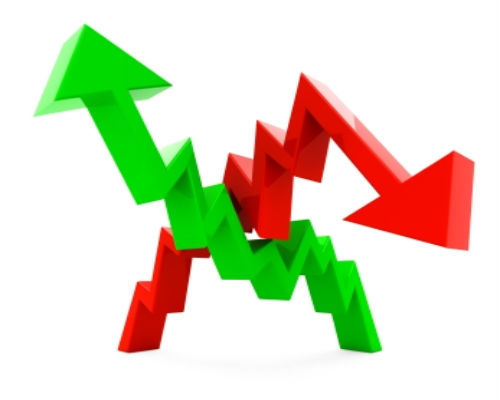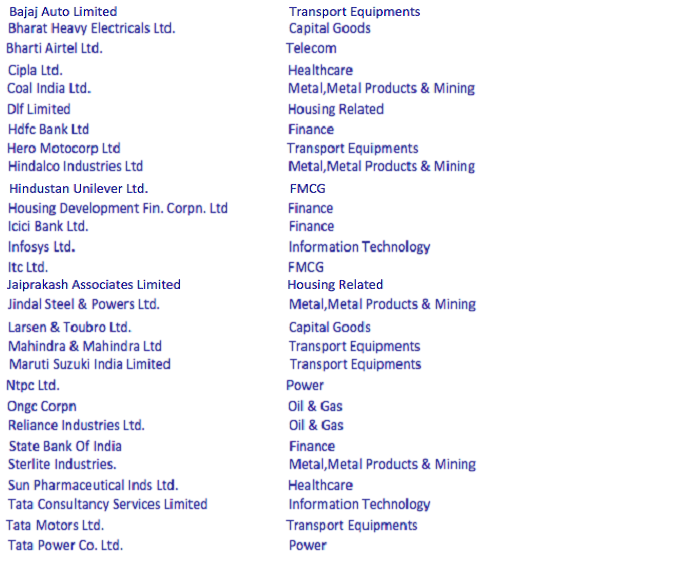
The whole nation is obsessed with the rise and fall of the sensex whether or not people are directly or indirectly associated with it. With the increase in economic activity in the nation sensex has become a household term which is keen followed by millions everyday. The exact methodology employed to calculate the figure of the sensex is known to very few people.
Understanding Sensex
Sensex is primarily an index reflecting the Bombay Stock Exchange (BSE). Established in 1875, the Bombay stock exchange did not have an official index till1st Jan 1986 the sensex was adopted for gauging the performance of the Indian markets. The other important index in India is the National Stock Exchange (NSE) barometer – the Nifty. The sensex comprises of 30 prominent stocks derived from all the key sectors which are traded actively in the exchange. Thus the sensex truly reflects the movement of the Indian stock markets.
Calculation Methodology for Sensex
Like all the other major financial indices of the world the sensex has also shifted to the ‘Free Float market capitalization’ methodology to determine its figures with effect from September 1, 2003. The level of the index is a direct reflection of the performance of the 30 selected key stocks in the market.
Free-float market capitalization is defined as that proportion of total shares issued by the company that are readily available for trading in the market. It generally excludes promoters’ holding, government holding, strategic holding and other locked-in shares that will not come to the market for trading in the normal course. So, simply put, Free-float market capitalization is the proportion of total shares available for trading to the general public.
Note: Suppose a company A has 1,000 shares in total, of which 200 are held by the promoters, so that only 800 shares are available for trading to the general public. These 800 shares are the so-called ‘free-floating’ shares. If the price of each share is Rs. 120/-, then the ‘total’ market capitalization of the company is Rs 120,000 (1,000 x 120), but its free-float market capitalization is Rs 96,000 (800 x 120).
Sensex is calculated through the following steps:
1. The market capitalization of each of the 30 companies comprising the index is first determined by multiplying the price of their stocks with the number of shares issued by that company.
2. The market capitalization is then multiplied to the free float factor to derive the free-float market capitalization. (The Free-float factor of a company is the multiple with which the total market capitalization of that company is adjusted to arrive at its Free-float market capitalization. It is determined by BSE based on the information submitted by the companies. The value of Free-float factor lies between 0.05 and 1.00. A Free-float factor of say 0.55 means that only 55% of the market capitalization of the company will be considered for index calculation.)
3. The free-float market capitalization of the Index constituents is then divided by a number known as the Index Divisor. This index divisor is the sole link to the original base period value of the index. (For the sensex the base value period it is 1978-79) This value provides for comparison of the index over a period of time.
For Example if the days’ Market Capitalization based on the performance of the 30 key stocks is 8060000 and the base index of 1978-79 is 60000. The index divisor becomes 100/60000 and the sensex index value equals 8060000 x 100/60000 =13433 for that day.
Key Stocks Constituting the Index
Listed below are the 30 key stocks and their sectors which comprise the sensex.
Stocks Sector

The rise and fall of the sensex is a direct indicator of the health of the national economy and therefore affects each one of us whether we invest in the stock market or not. Thus this figure becomes vital information for financial planning of any kind in this nation. Hence it is important not only to be aware of the sensex figure but to also understand the mechanism employed in arriving at the figure.
Nice article, such a complex subject in a common man language shows the author's interest to share its knowledge among community. I really appreciate your efforts. Thanks.
It is very educative disclosure for public.